How to recognize a stone used for your jewel? It seems strange, but often those who own a ring, necklace or bracelet do not know the name of the gem or the different stones that enrich their jewel. So how do you recognize a precious stone? Is it possible to know what is the name of the stones used? If you are reading this article, perhaps you have a jewel in your drawer with a stone that has no name. Here, then, how do you know which type of gem is used.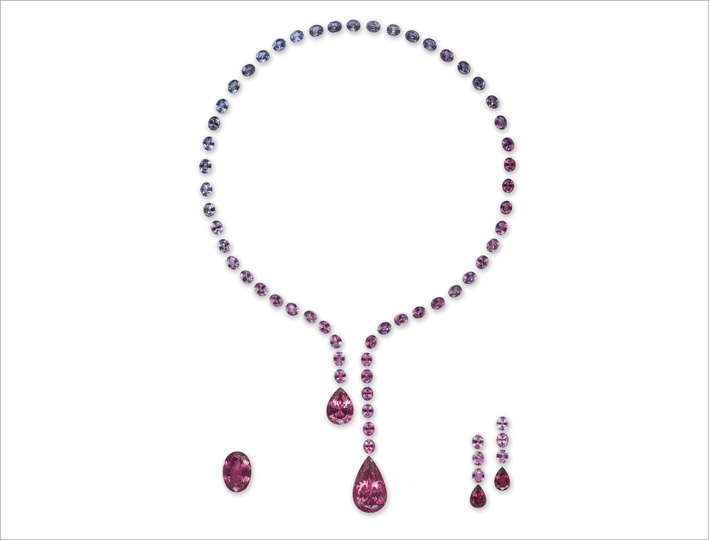
It must be said, however, that it is not easy, although sometimes the type of stones can be identified quite quickly: an opal, for example, has characteristics such as iridescence that usually make it more easily identifiable. But it is quite unlikely that your jewelry uses a very valuable stone, since the precious ones (diamonds, rubies, sapphires, emeralds) cost a lot and usually do not go unnoticed.
True or false. The first question to ask, however, is: is the stone true or false? Of course, the absolute certainty of the attribution, if unequivocal characteristics are not visible, is obtained only with a thorough gemological examination. Not only that: in many cases it is necessary to entrust the jewel, and the stone, to a laboratory equipped to distinguish a synthetic stone from a natural one. While, for example, for emeralds it is easier to identify a gem extracted from the earth (they almost always have inclusions or micro cracks), in other cases, such as for diamonds, it is very difficult to distinguish a natural stone from one created in the laboratory. lThe physical and optical properties of a synthetic ruby are identical to those of a natural stone and so on. In general, you can try to examine the stone carefully with a powerful magnifying glass or, even better, with the eyepieces that jewelers use and which are bought for a modest price online. A natural stone almost always has small imperfections, such as inclusions, variations in color or transparency. If a stone is absolutely perfect, in short, it is suspicious: it could be simple glass or synthetic. But it is also true that small imperfections are often identified only with the use of a microscope, especially if the stone is small.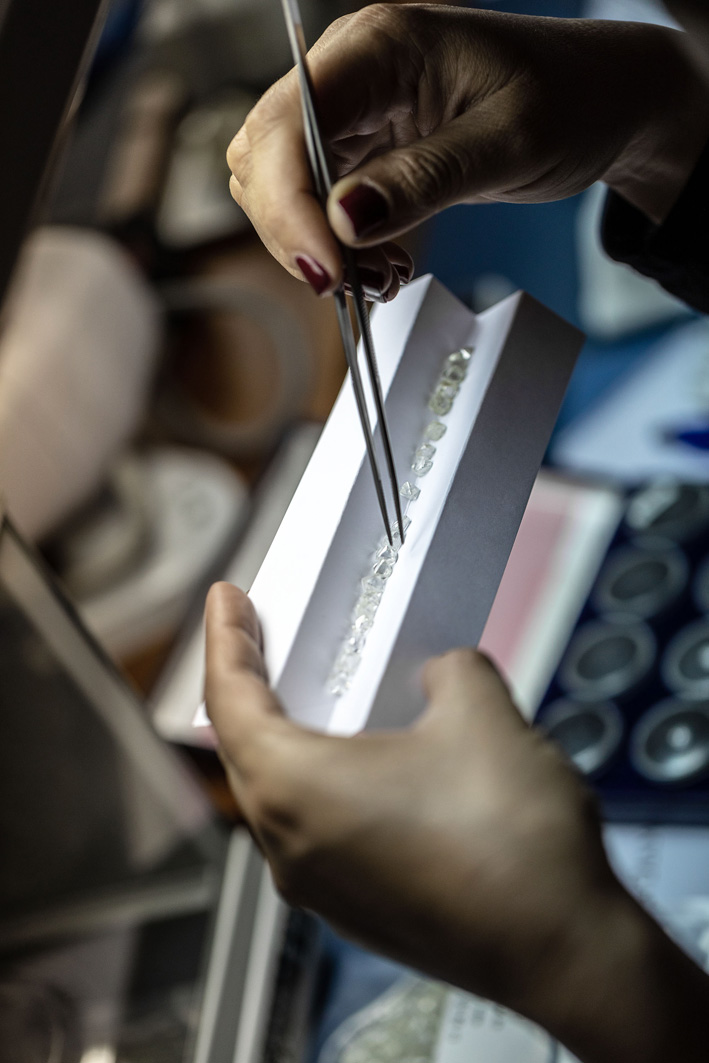
Identify the type of stone. After having ascertained that the stone used is authentic, the next step is to understand what gem it is. Obviously we start from the color, but even for a gemologist it is not easy to understand if the one mounted on your ring is a ruby or a rubellite, a tourmaline or a garnet. In some cases, however, the color is more easily identifiable: the special indigo shade of tanzanite, for example, could lead to a deeper search for that type of stone. But often the color is too vague an aspect: there are hundreds of red stones, for example, and it is easy to interchange them. Another important aspect, however, is transparency, because not all stones have the same ability to let light filter through. A very transparent stone greatly reduces the list of possibilities.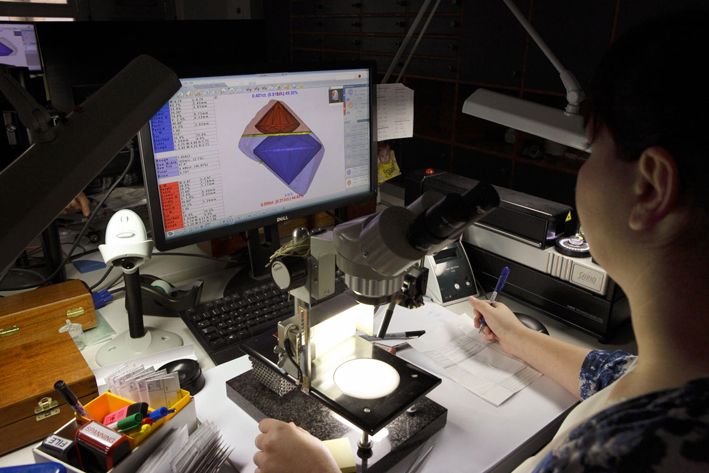
To identify the name of the stone, however, always if there are no clear indications of another type, it is necessary to pass to the gemological analysis, with spectroscopic examination, of birefringence, optics, pleochroism (identify the color variation by observing the crystal from different directions ) and reaction to ultraviolet light. Only by comparing the results of these analyzes can an almost definitive answer be obtained. The “almost” concerns the human element: the experience and ability of the gemologist is required to obtain a certain result.
Ask a jeweler? If you do not know the name of the stone you will be tempted to contact your trusted jeweler. But this may not be the best choice. Most jewelers, in fact, have no experience in precious stones or even gemological expertise, unless they have followed a course of study in this specialty. Even in this case, however, it may not be enough: usually jewelers who study gemology focus on the most used stones that are most interesting for their work. But yours may be a lesser known and less common stone. In that case, all that remains is to rely on a professional gemologist.



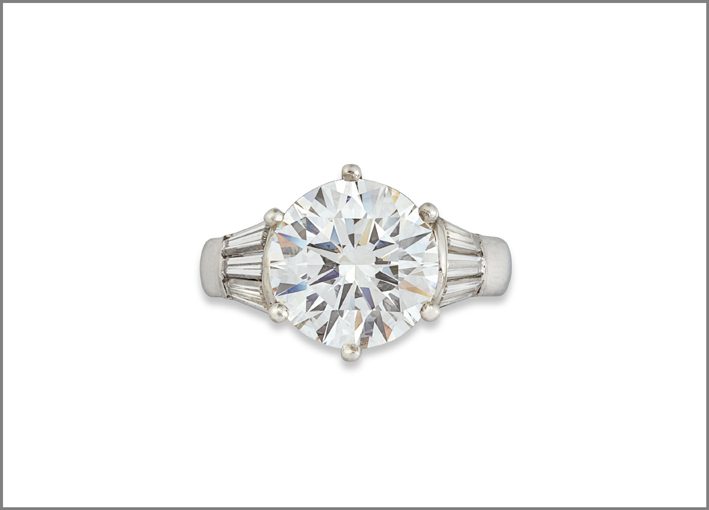
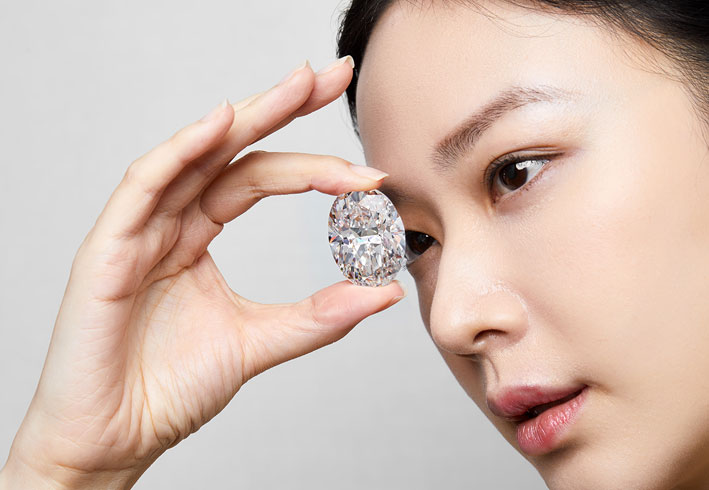
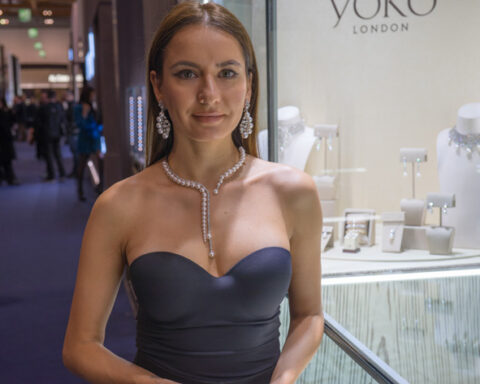


Buenos días
Encontramos una piedra rara aquí en Rodriguez de Mendoza – Amazonas como podría mandarles unas fotos para que me puedan ayudar a identificarlo
Muchas gracias
Querido Christian, lo sentimos pero no hacemos tasaciones. Te recomendamos que te pongas en contacto con un joyero o gemólogo de tu ciudad.